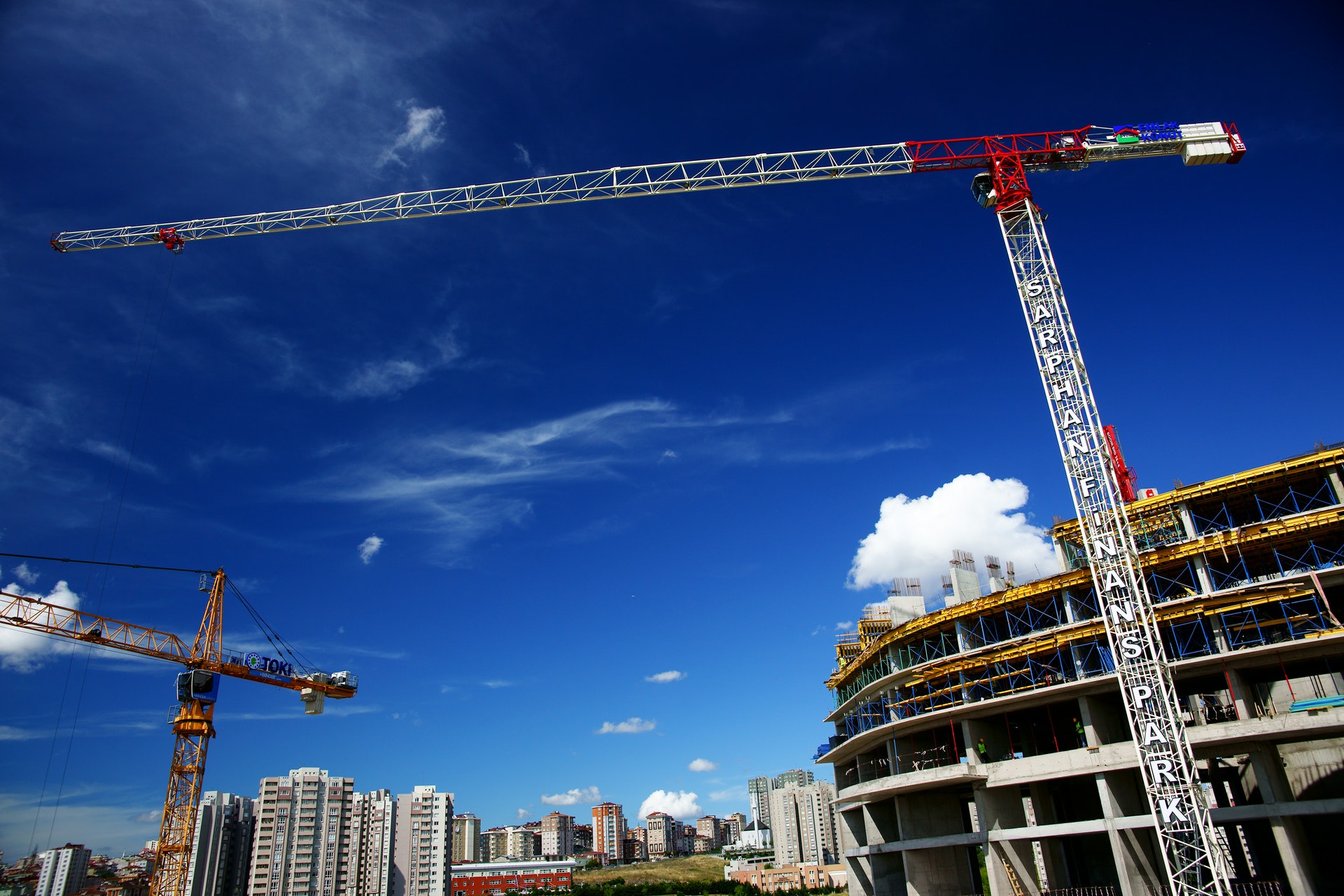Construction industry leaders remained confident regarding nonresidential construction prospects in February 2019, according to the latest Construction Confidence Index released by Associated Builders and Contractors.
All three principal components measured by the survey—sales, profit margins, and staffing levels—remain well above the diffusion index threshold of 50, signaling ongoing expansion in construction activity.
Only 3.4% of contractors expect to reduce staffing levels over the next six months, and more than 70% of survey respondents expect their sales to increase through the initial half of 2019.
Still, 31.4% of contractors expect profit margins to remain unchanged, likely due in large measure to rising worker compensation costs.
Index breakdown:
• The CCI for sales expectations increased from 68.4 to 69.4 in February.
• The CCI for profit margin expectations increased from 60.6 to 63.3.
• The CCI for staffing levels increased from 68.2 to 68.5.
“Confidence seems to be making a comeback in America,” said ABC Chief Economist Anirban Basu. “There was a time when consumer, small business and investor confidence was falling. For now, that dynamic has evaporated, with job growth continuing and U.S. equity prices heading higher of late. Contractors understand the performance of the broader economy today helps shape the construction environment of tomorrow. Accordingly, with strong economic data like the Construction Backlog Indicator—which stood at 8.8 months in February 2019—and nonresidential construction spending, which increased 4.8% year over year, contractor confidence remains elevated.
“That said, contractors continue to wrestle with ever-larger skilled workforce shortfalls, which are making it more difficult to deliver construction services on time and on budget,” said Basu. “This helps explain why the CCI reading for profit margins remains meaningfully lower than the corresponding reading for sales expectations. Despite expanding compensation costs, contractors expect to significantly increase staffing levels going forward, an indication that many busy contractors expect to get busier. The fact that the profit margin reading remains above 50 also suggests that contractors enjoy a degree of pricing power and are able to pass at least some of their higher costs along to customers. Slower growth in construction materials prices relative to last year represents another likely factor shaping survey results.”
CCI is a diffusion index. Readings above 50 indicate growth, while readings below 50 are unfavorable.
Related Stories
Market Data | Jan 6, 2022
A new survey offers a snapshot of New York’s construction market
Anchin’s poll of 20 AEC clients finds a “growing optimism,” but also multiple pressure points.
Market Data | Jan 3, 2022
Construction spending in November increases from October and year ago
Construction spending in November totaled $1.63 trillion at a seasonally adjusted annual rate.
Market Data | Dec 22, 2021
Two out of three metro areas add construction jobs from November 2020 to November 2021
Construction employment increased in 237 or 66% of 358 metro areas over the last 12 months.
Market Data | Dec 17, 2021
Construction jobs exceed pre-pandemic level in 18 states and D.C.
Firms struggle to find qualified workers to keep up with demand.
Market Data | Dec 15, 2021
Widespread steep increases in materials costs in November outrun prices for construction projects
Construction officials say efforts to address supply chain challenges have been insufficient.
Market Data | Dec 15, 2021
Demand for design services continues to grow
Changing conditions could be on the horizon.
Market Data | Dec 5, 2021
Construction adds 31,000 jobs in November
Gains were in all segments, but the industry will need even more workers as demand accelerates.
Market Data | Dec 5, 2021
Construction spending rebounds in October
Growth in most public and private nonresidential types is offsetting the decline in residential work.
Market Data | Dec 5, 2021
Nonresidential construction spending increases nearly 1% in October
Spending was up on a monthly basis in 13 of the 16 nonresidential subcategories.
Market Data | Nov 30, 2021
Two-thirds of metro areas add construction jobs from October 2020 to October 2021
The pandemic and supply chain woes may limit gains.

















